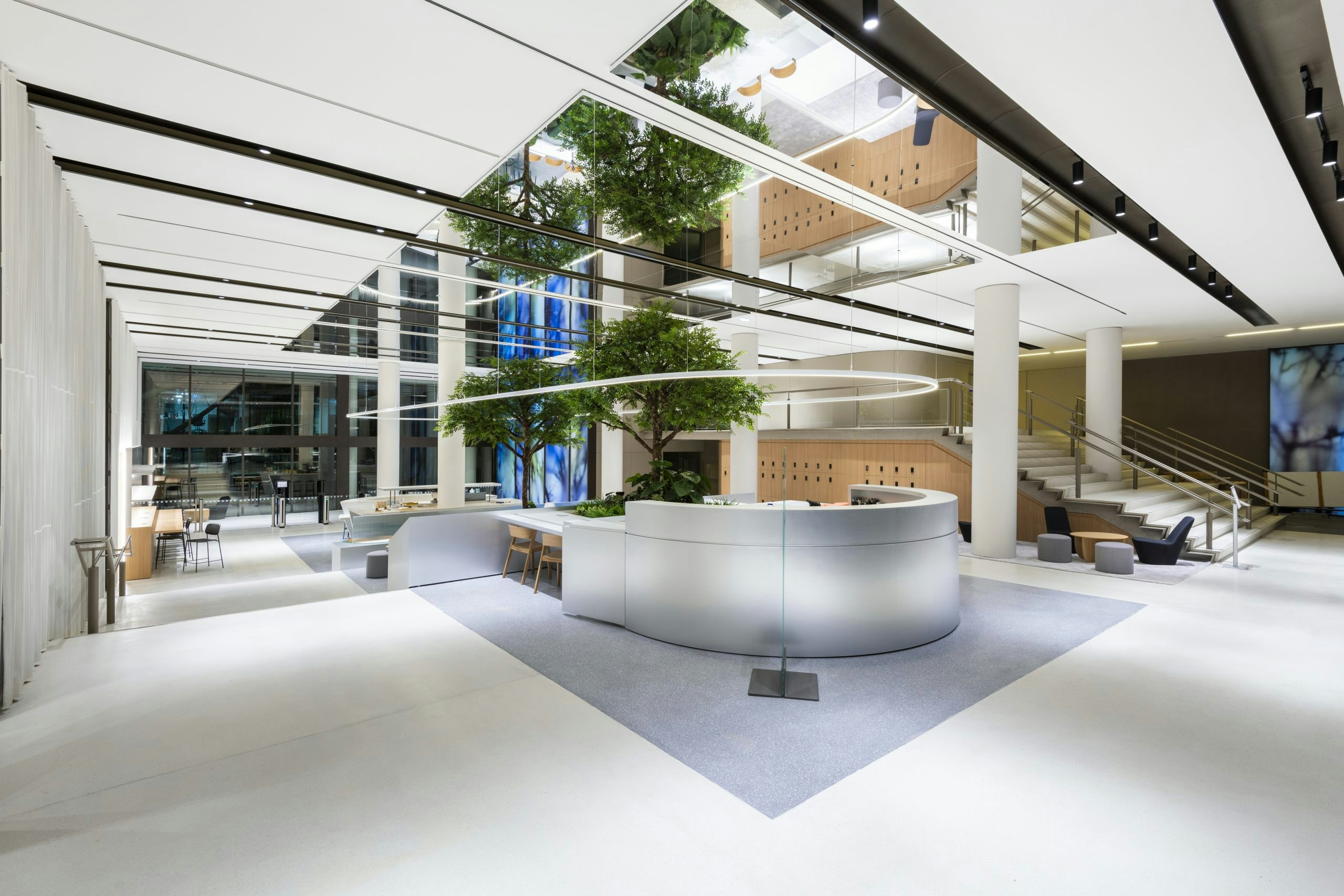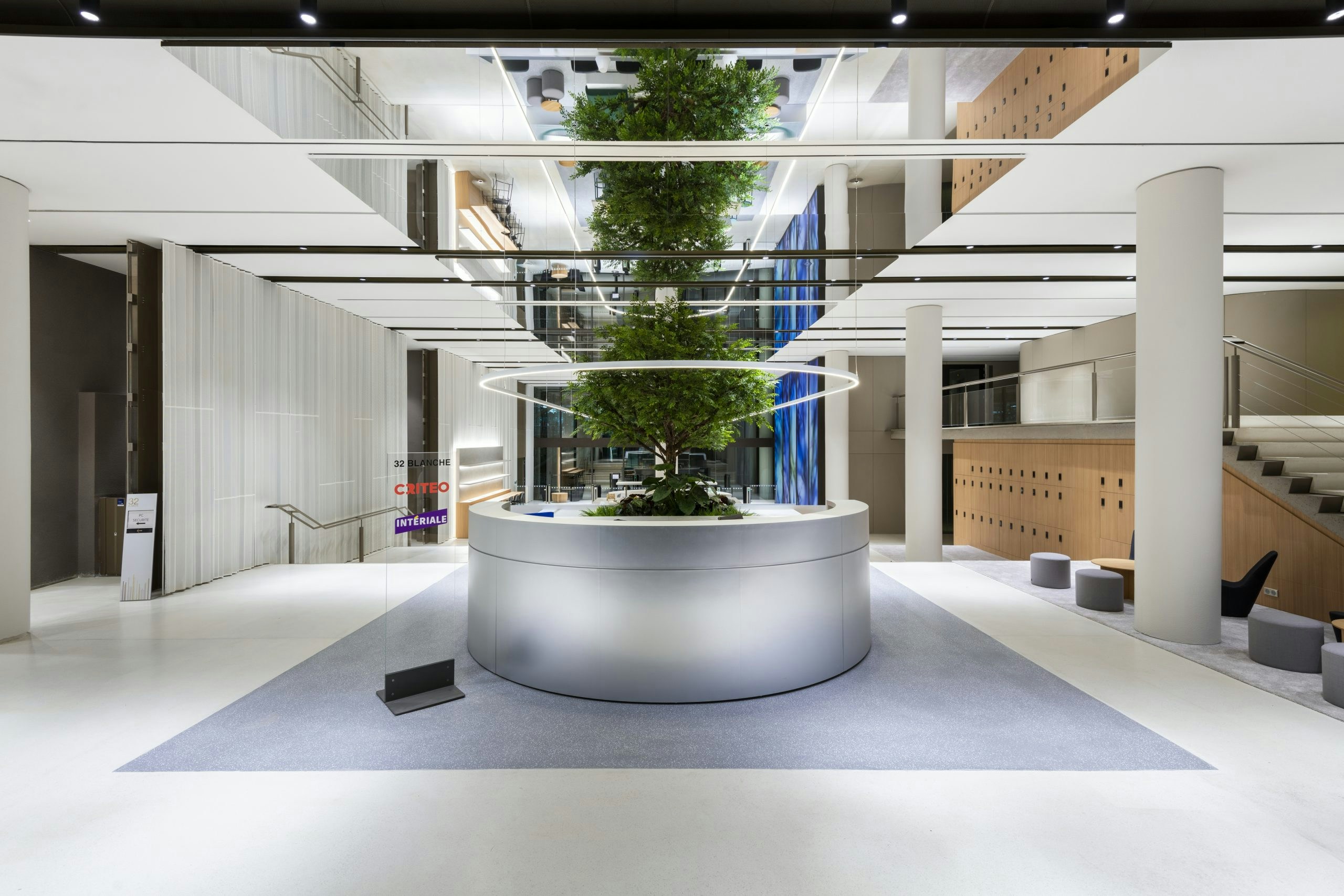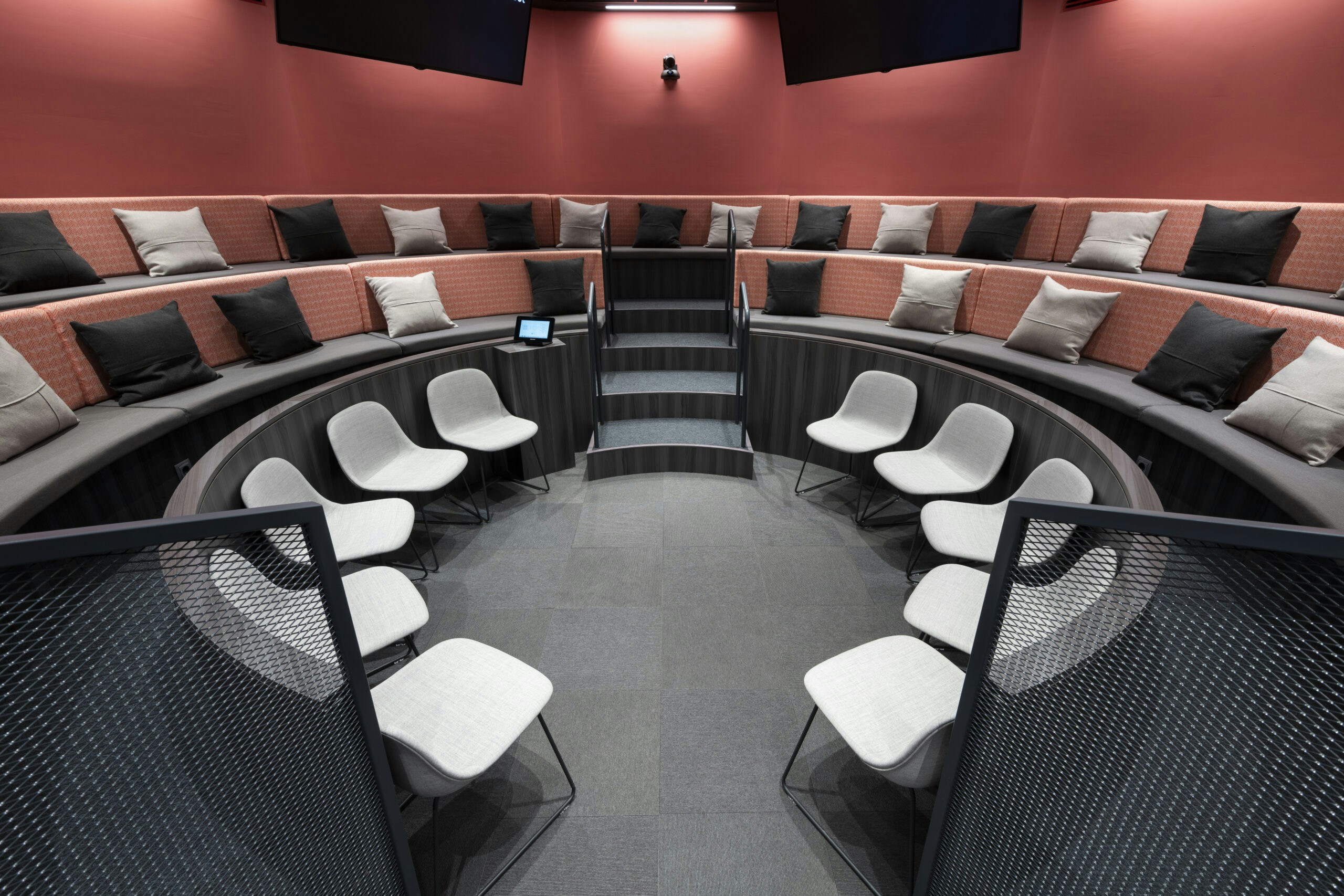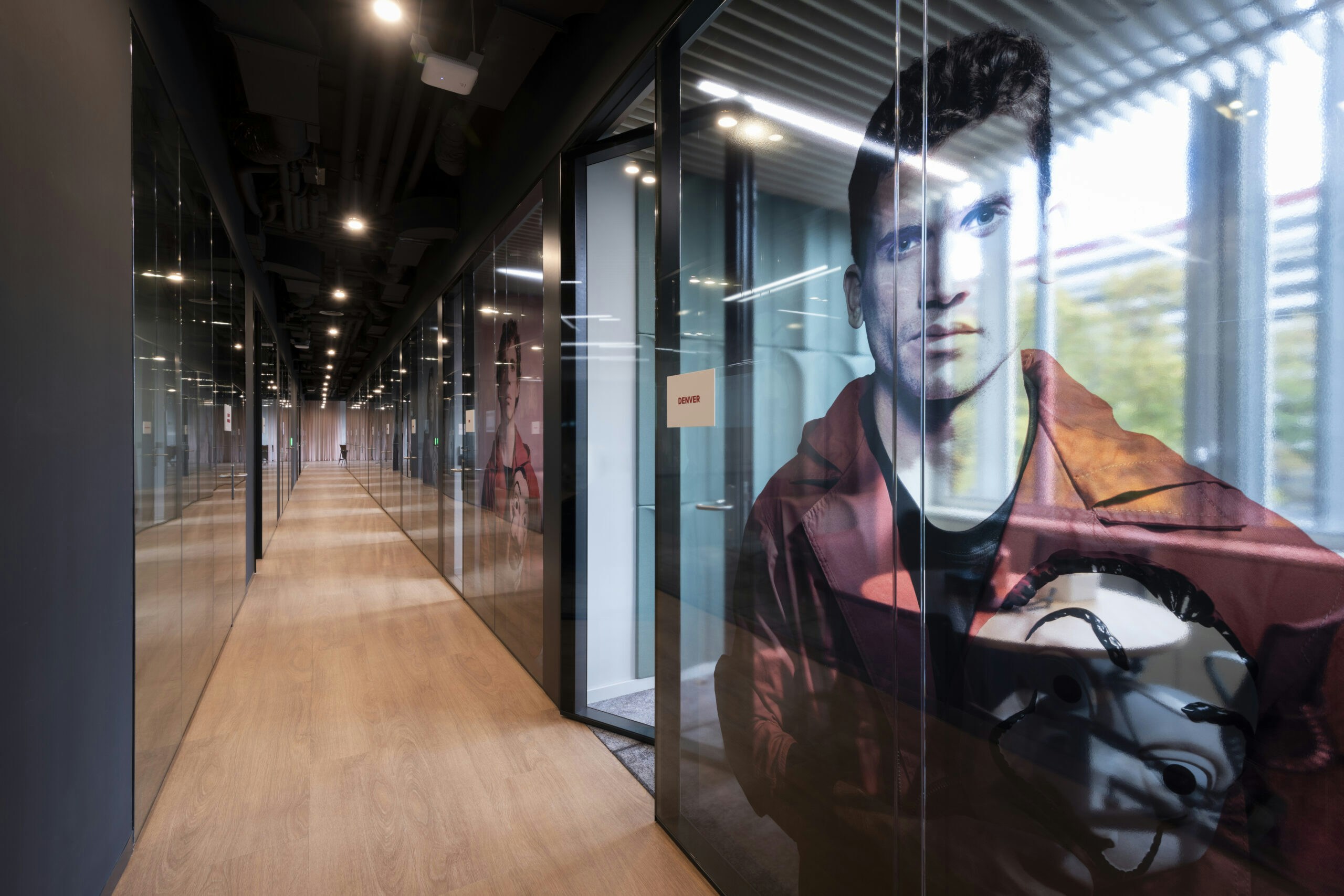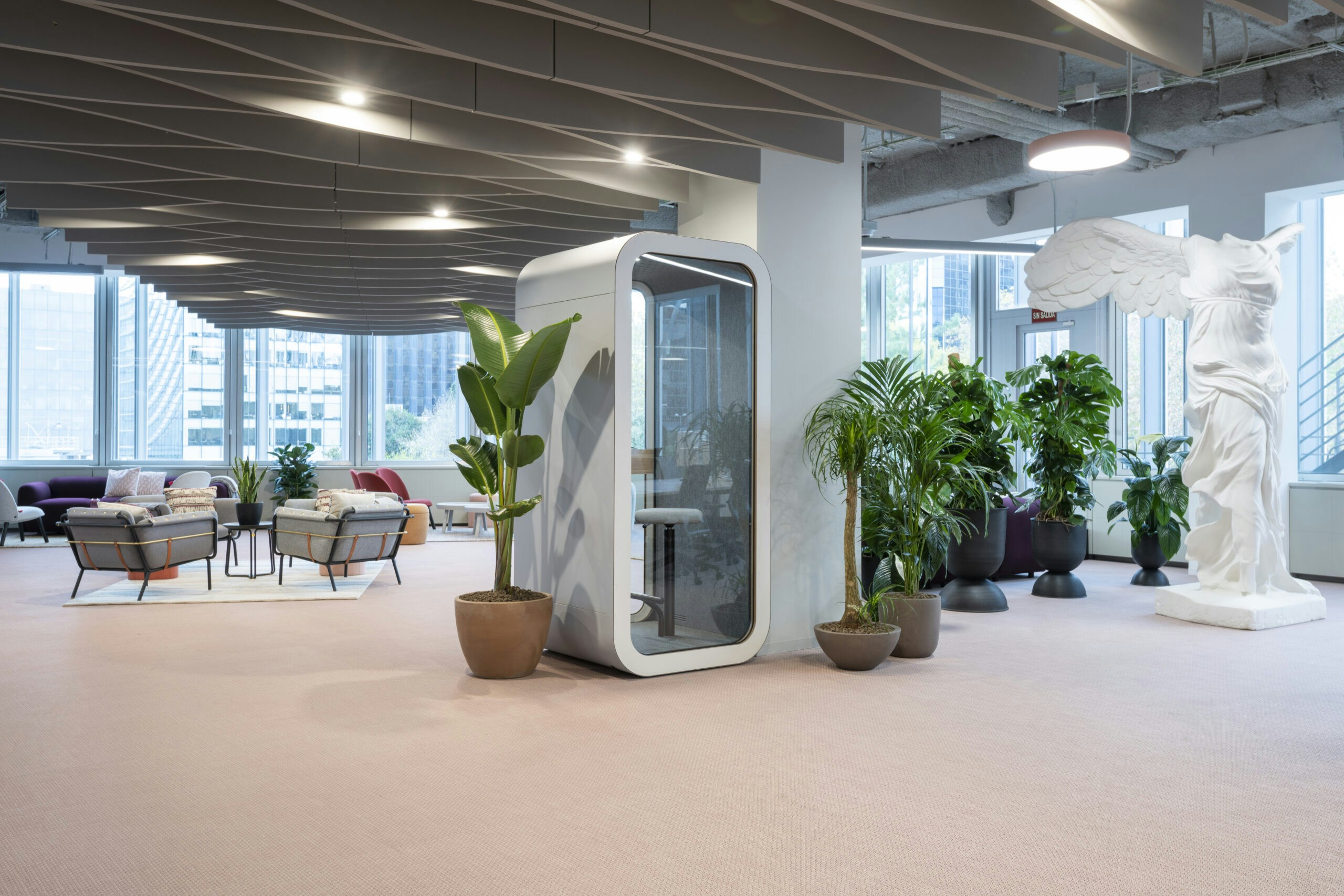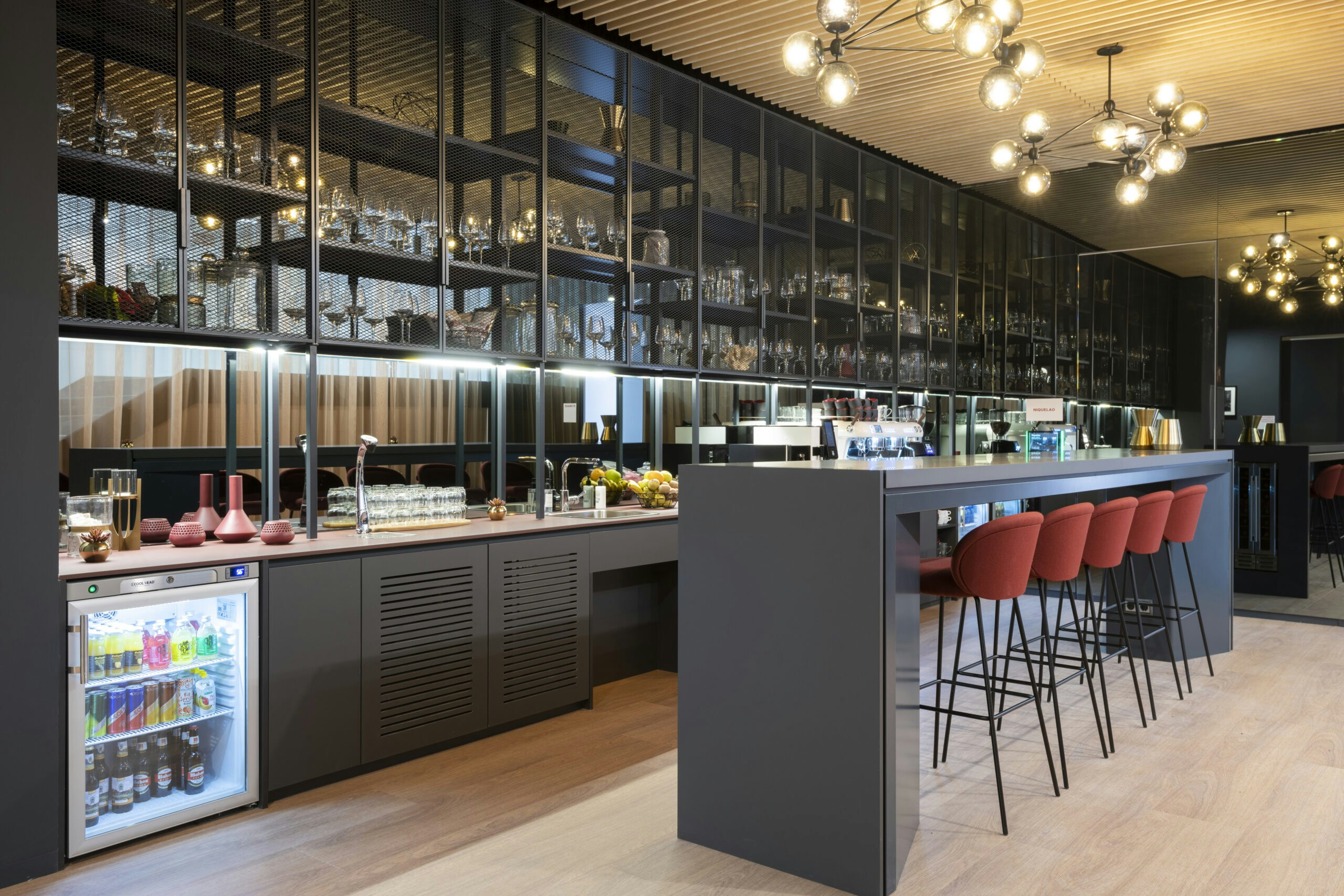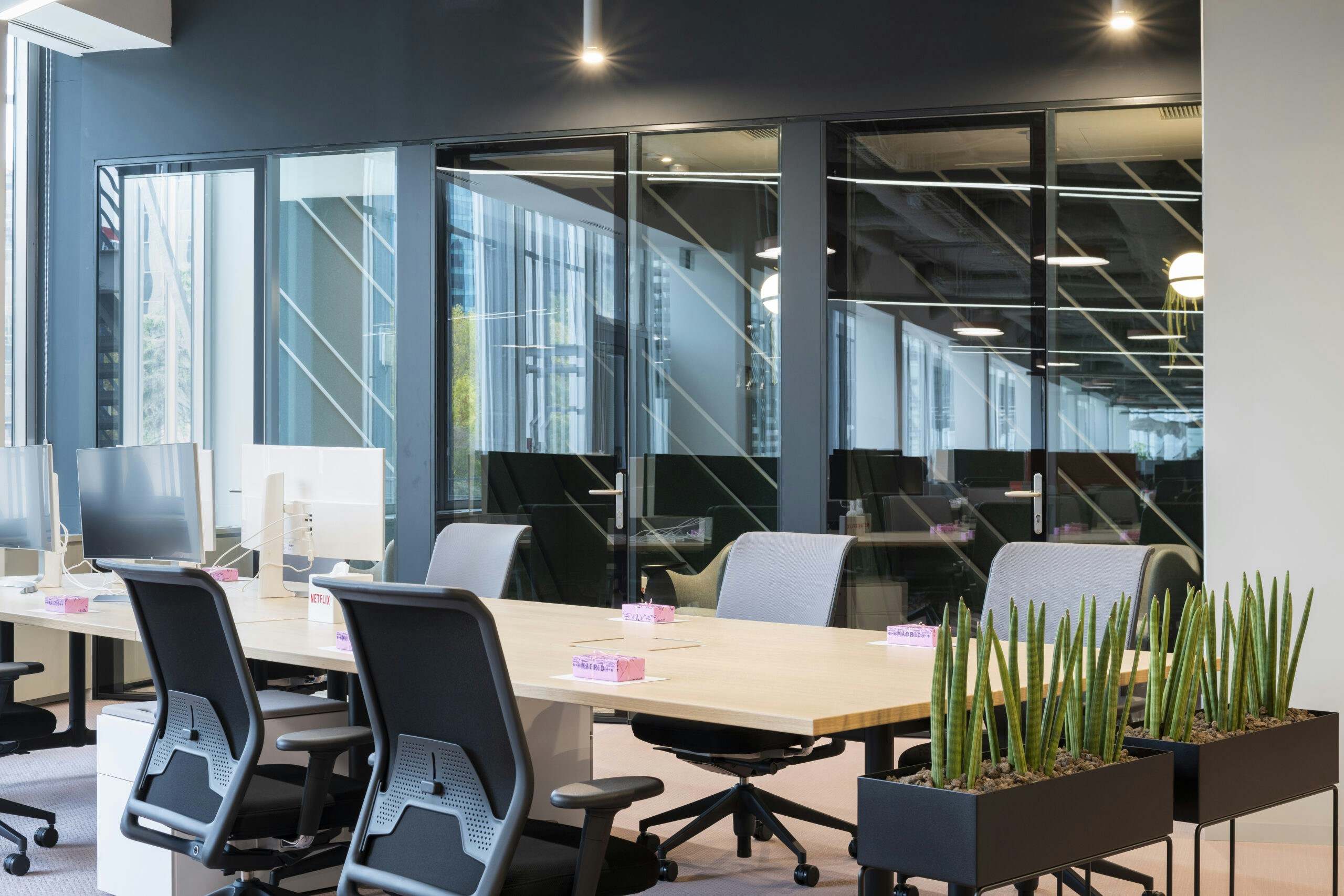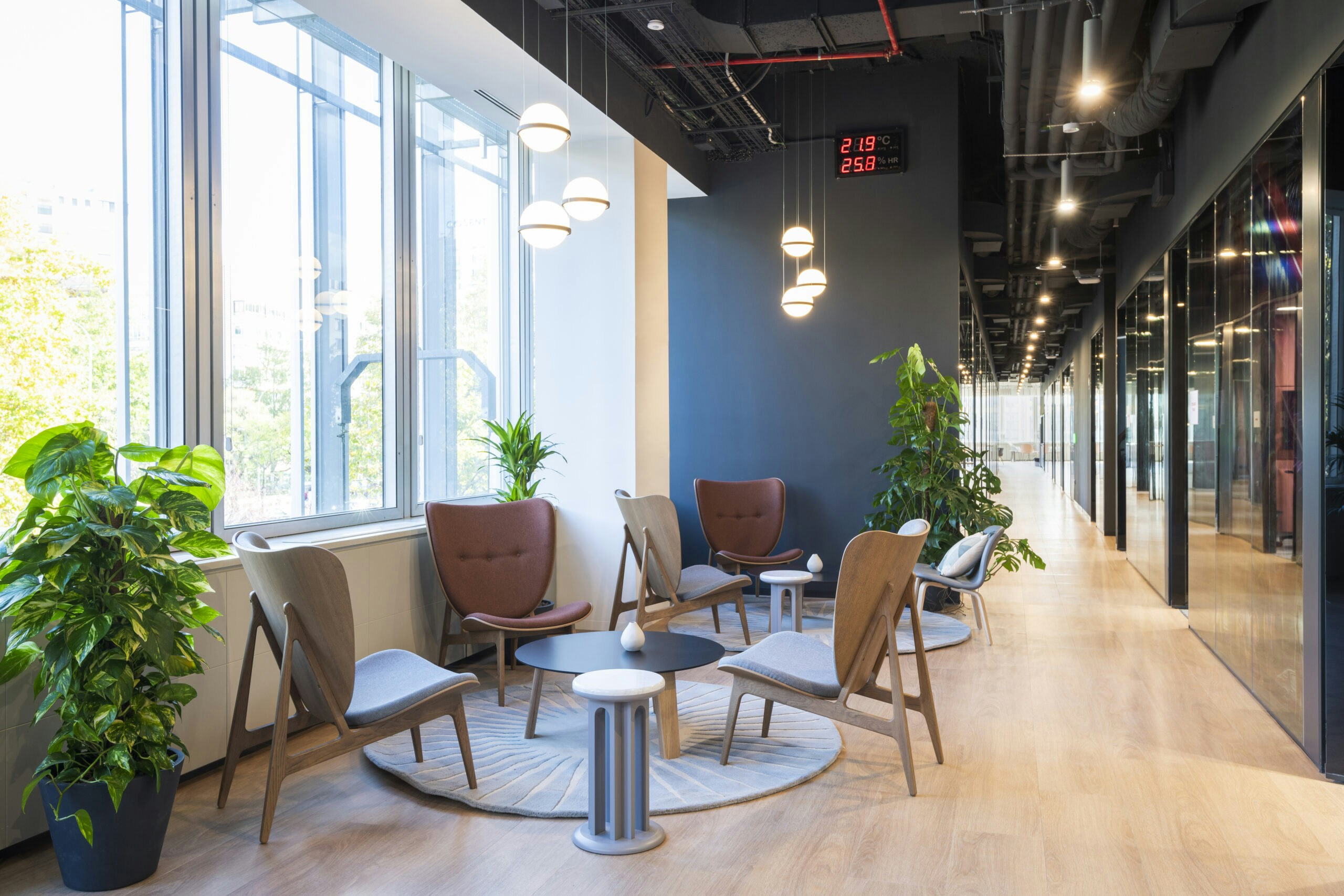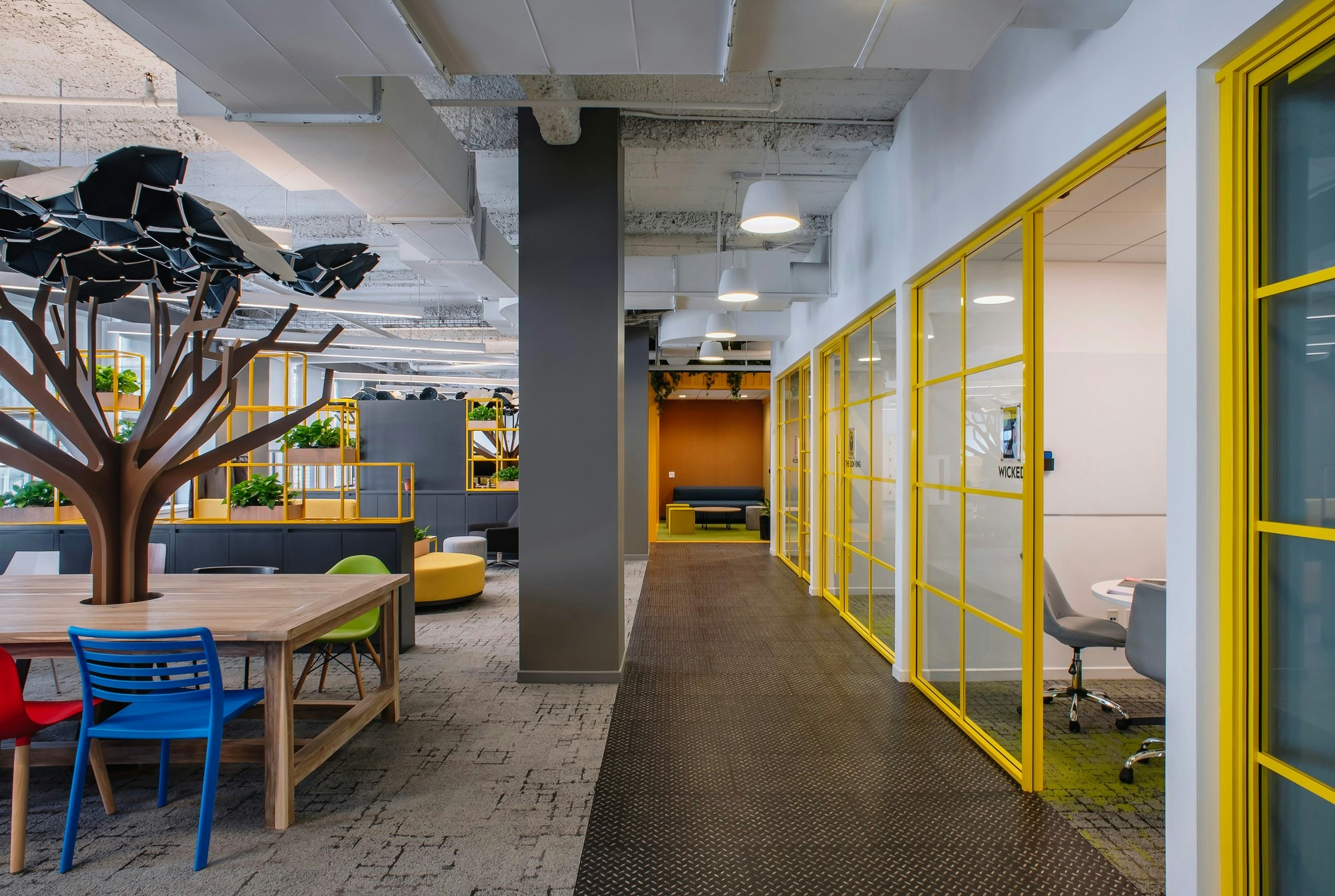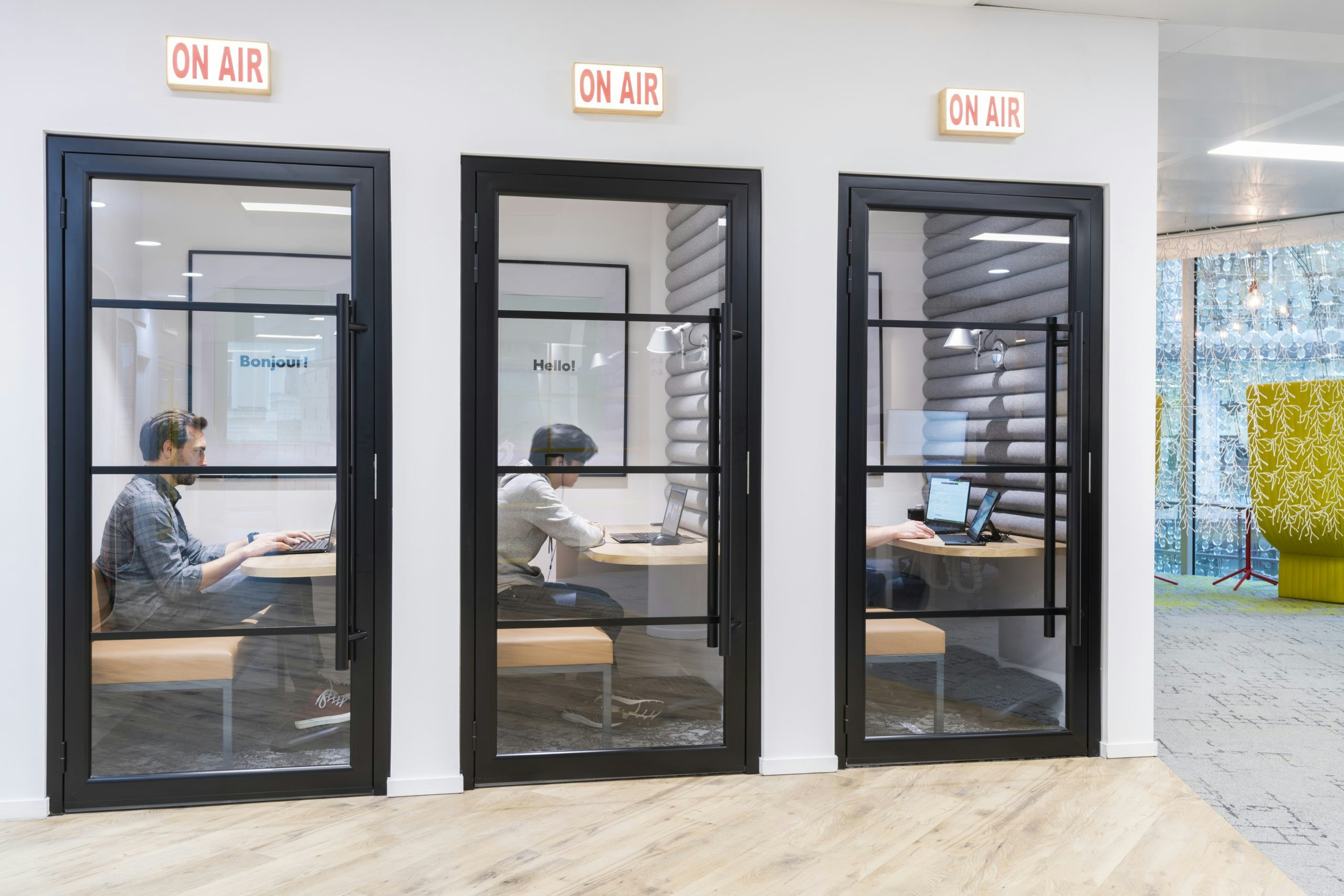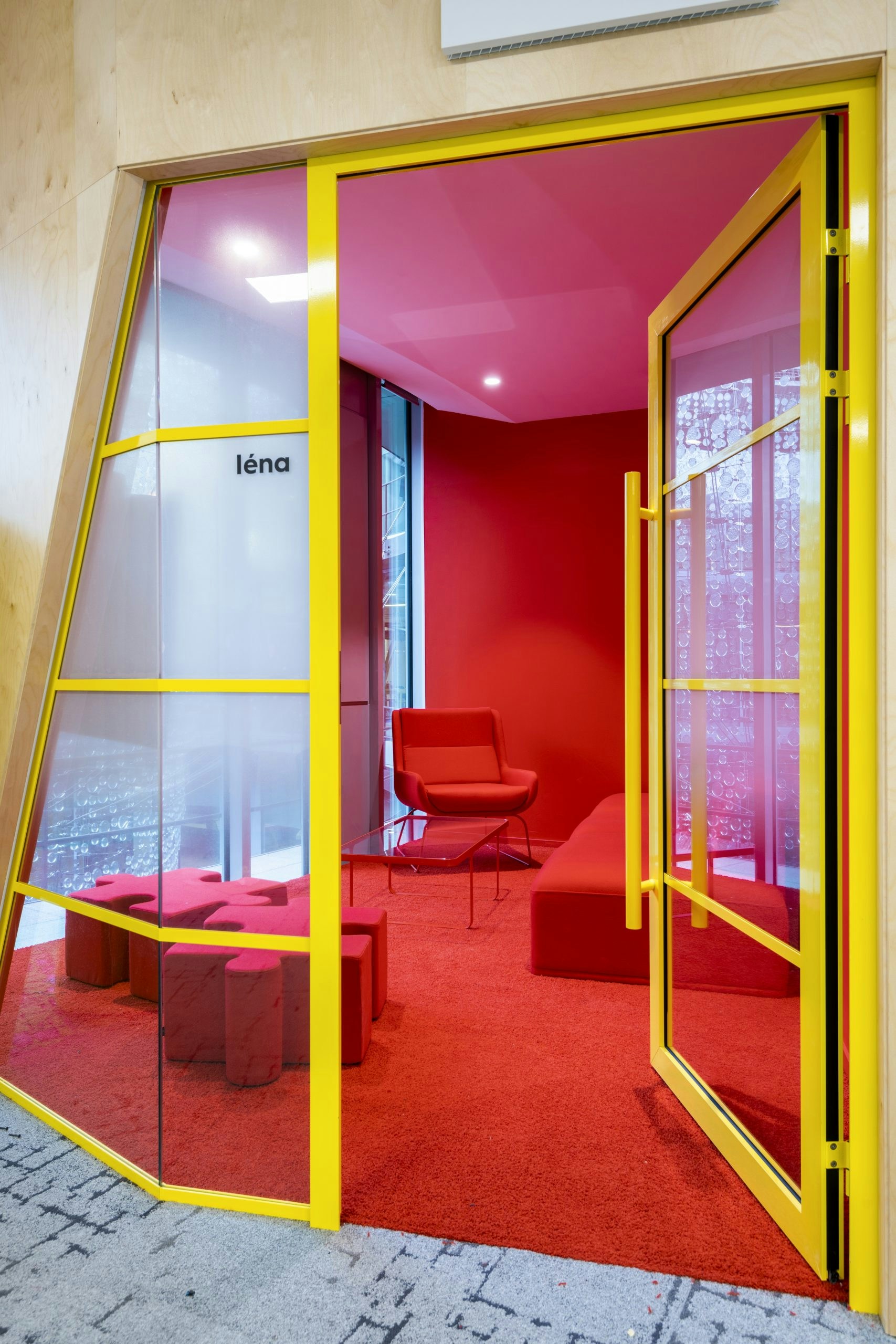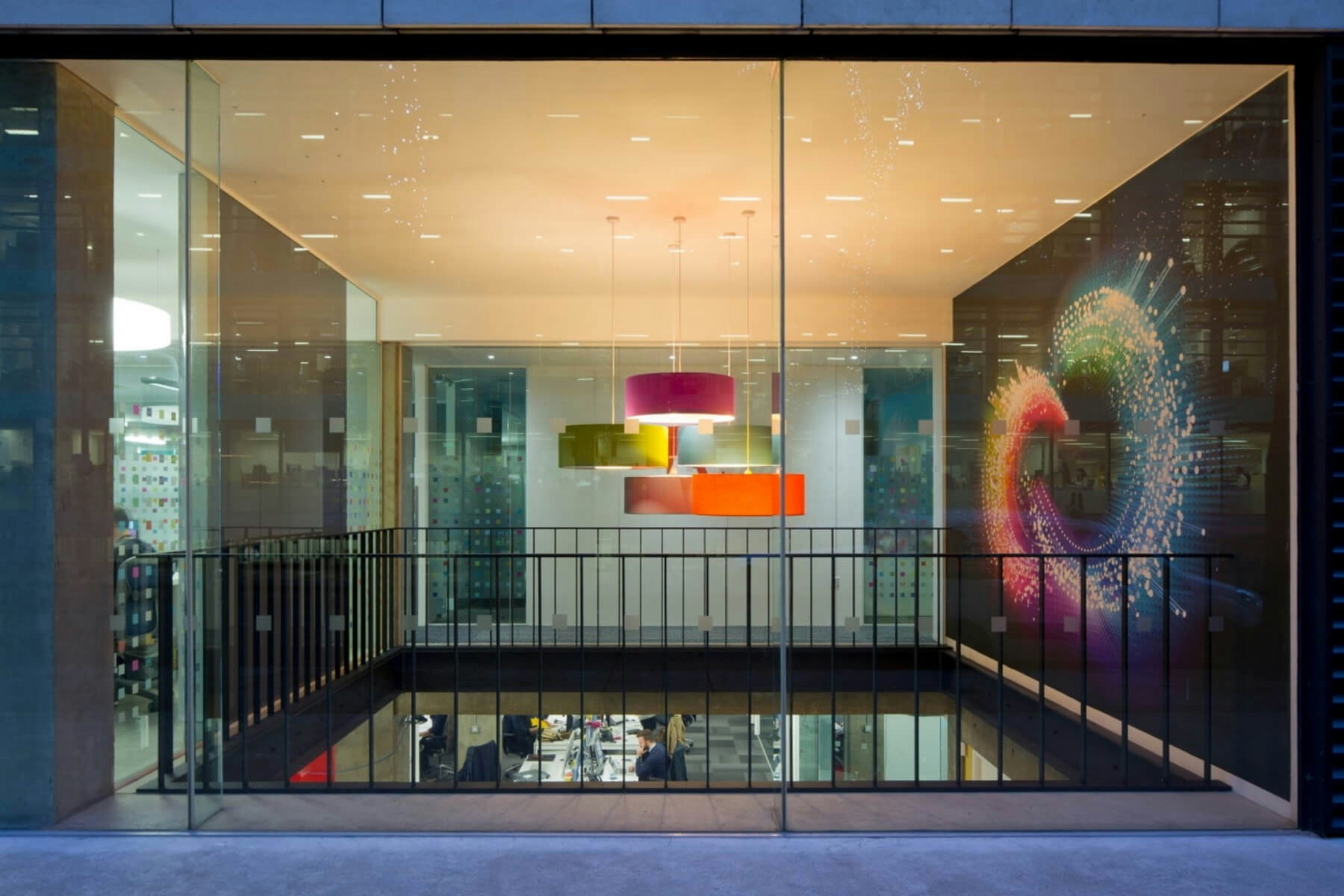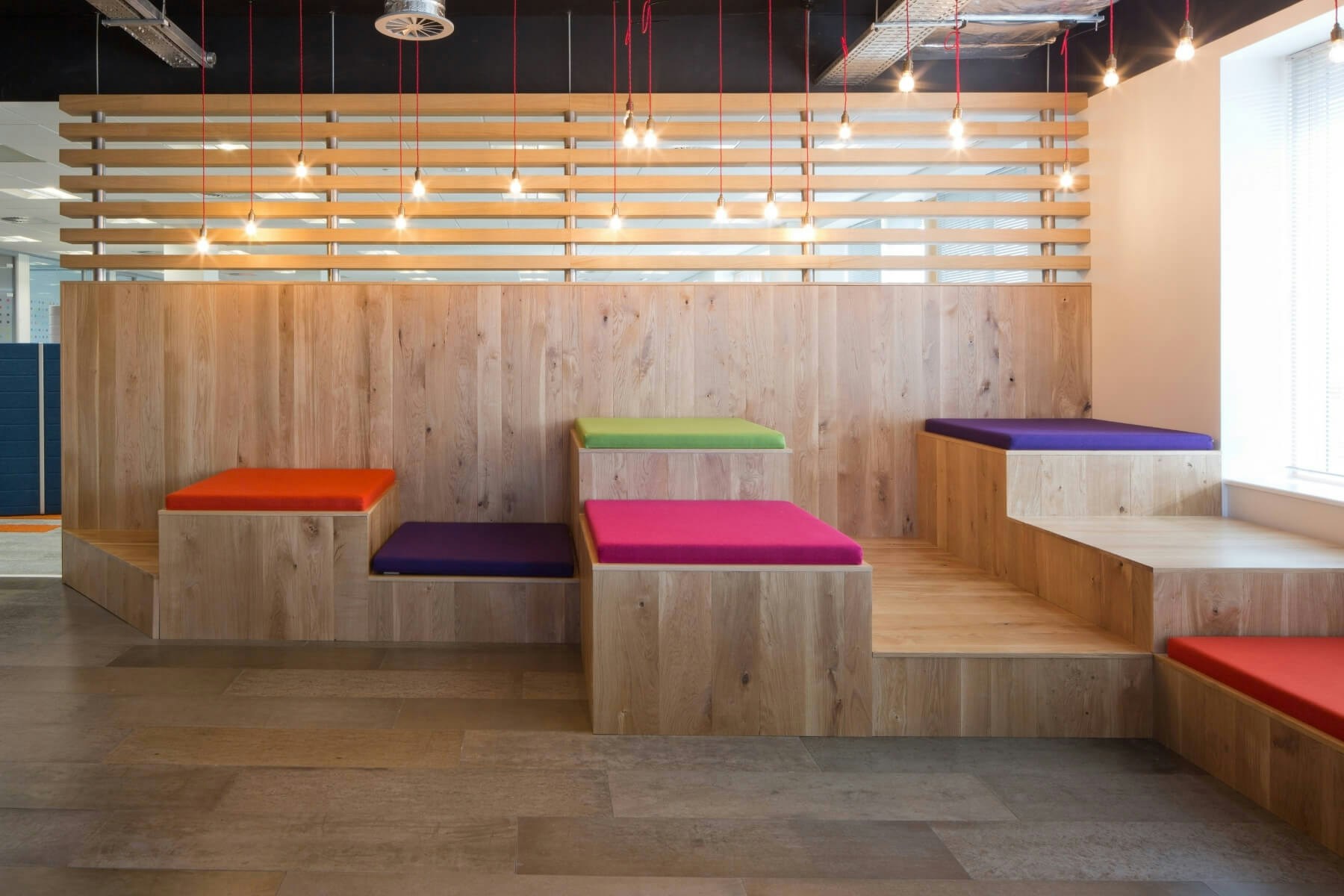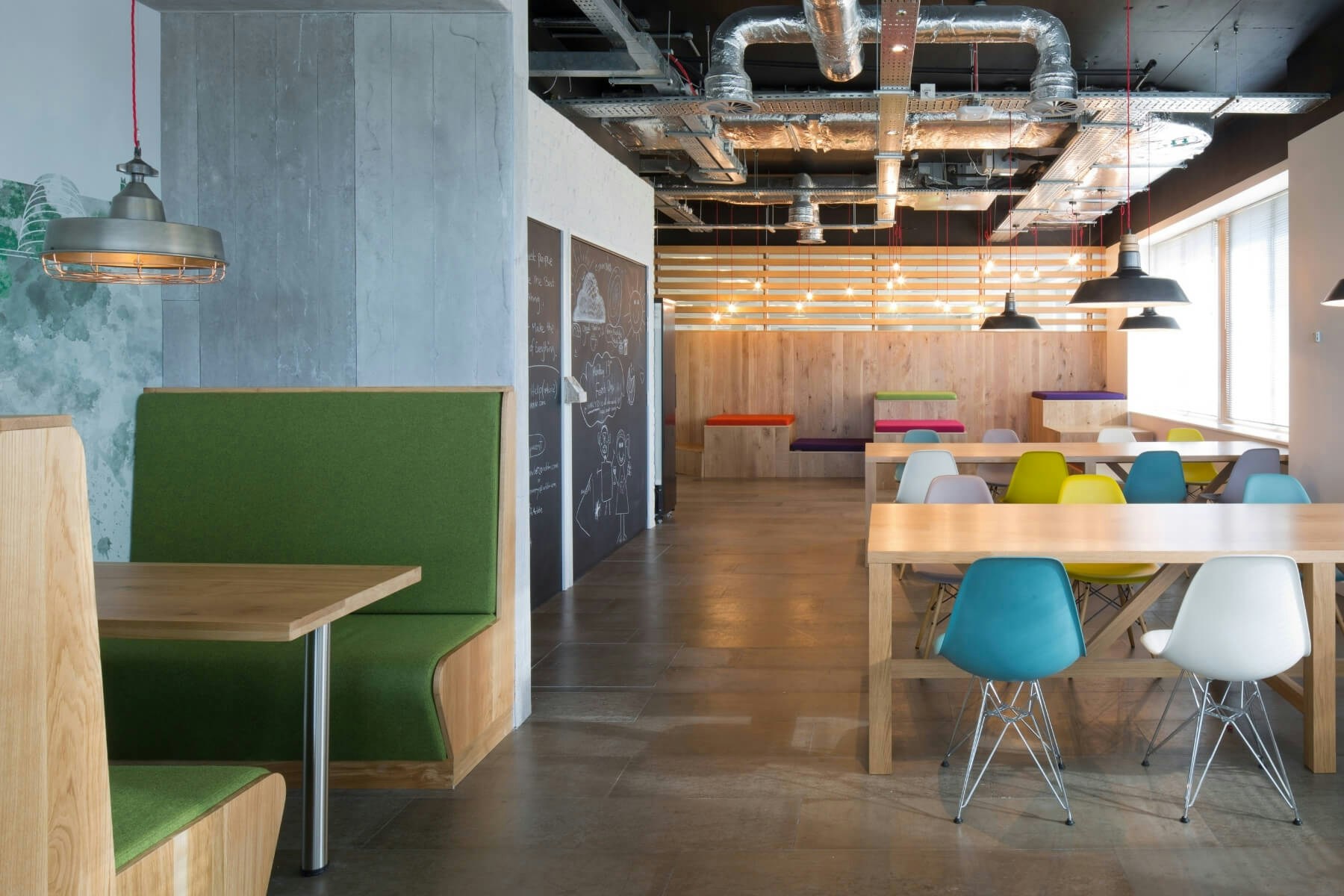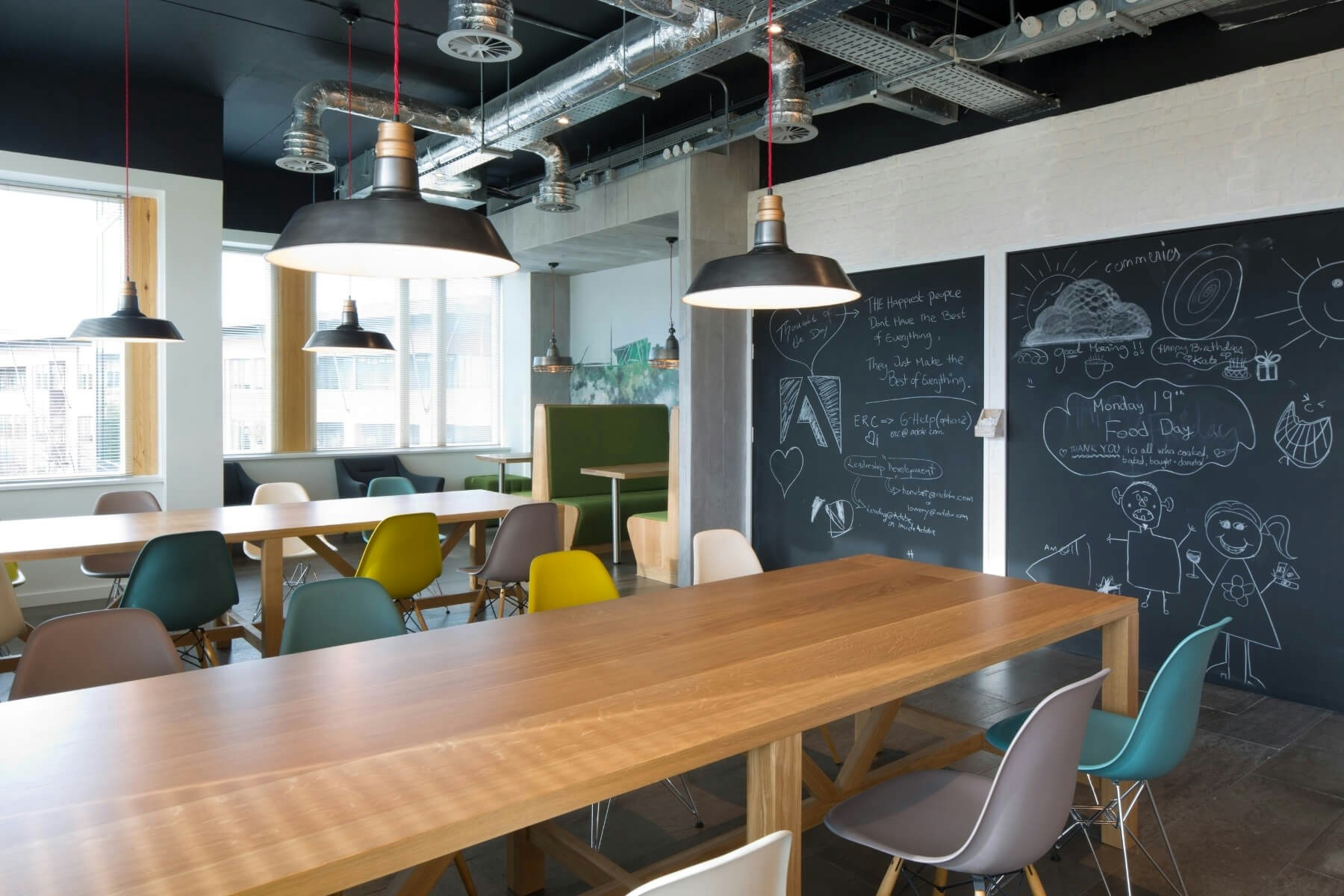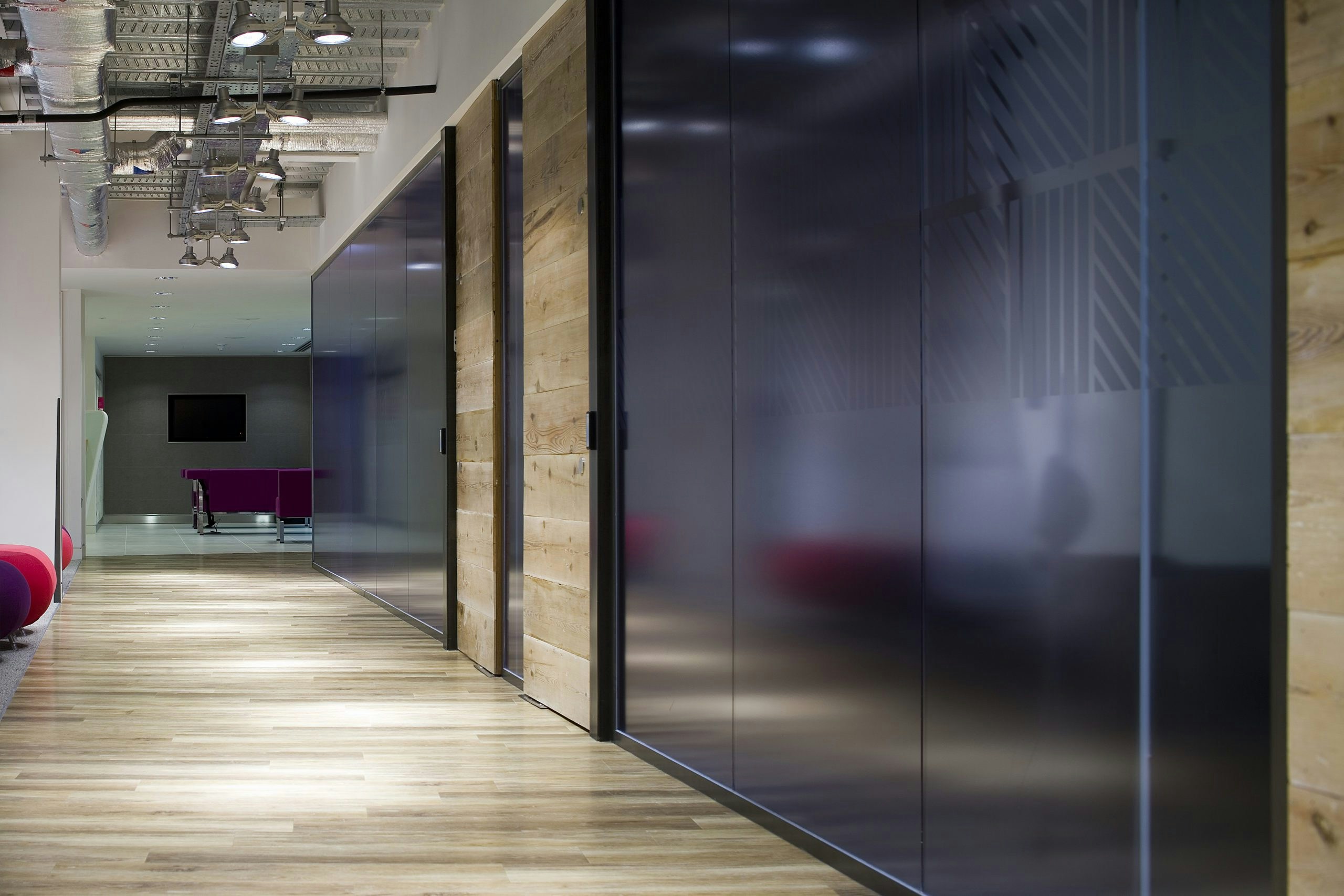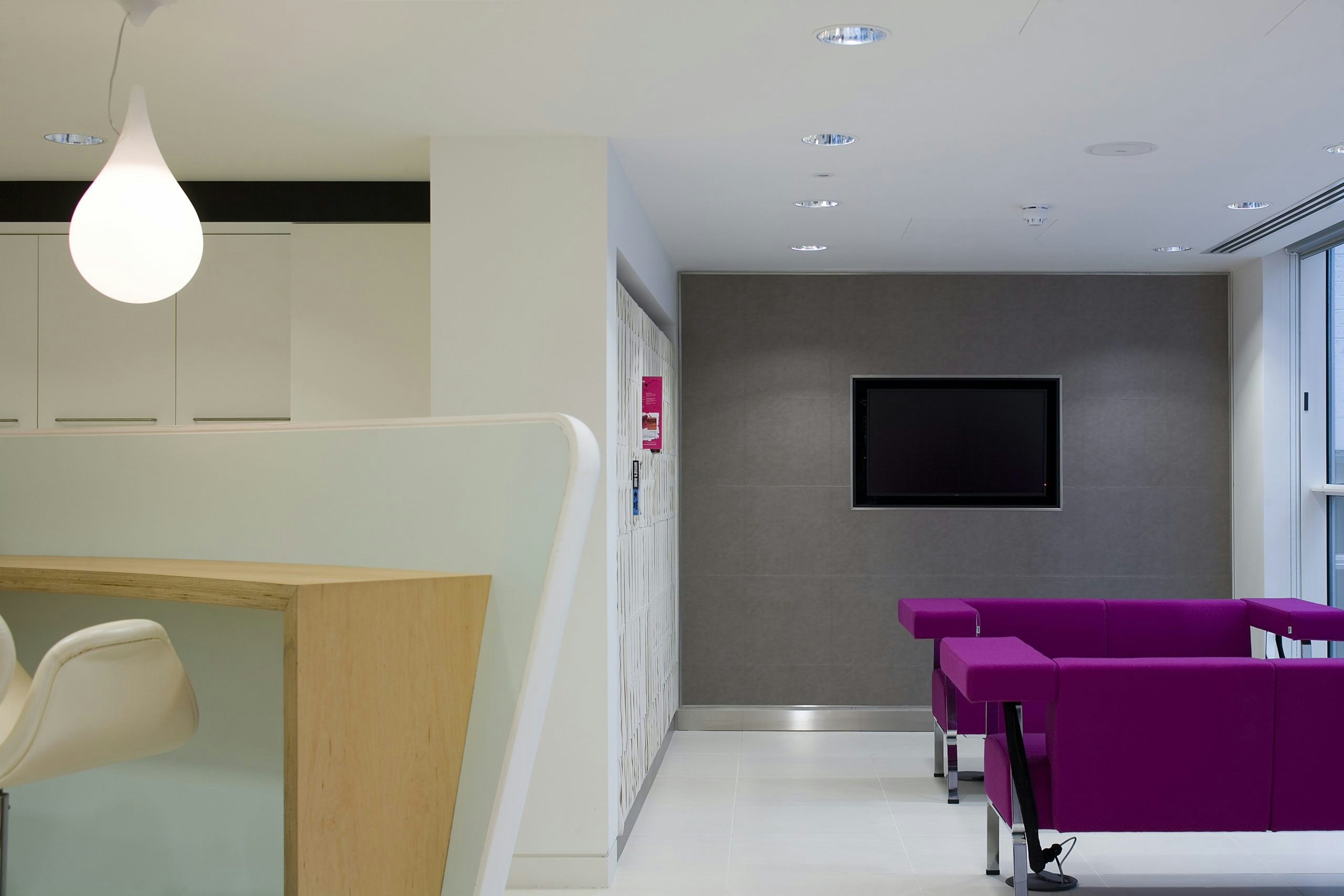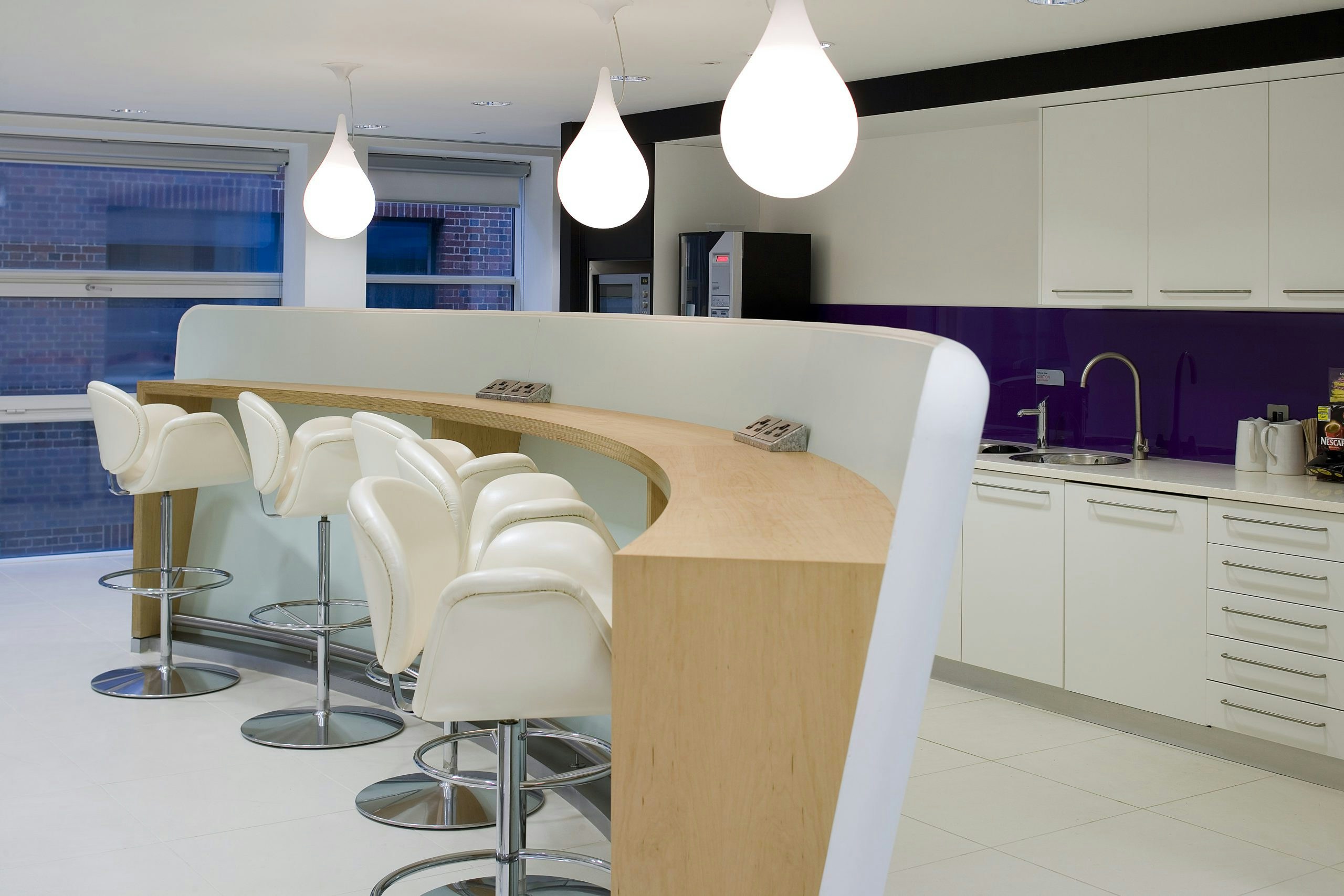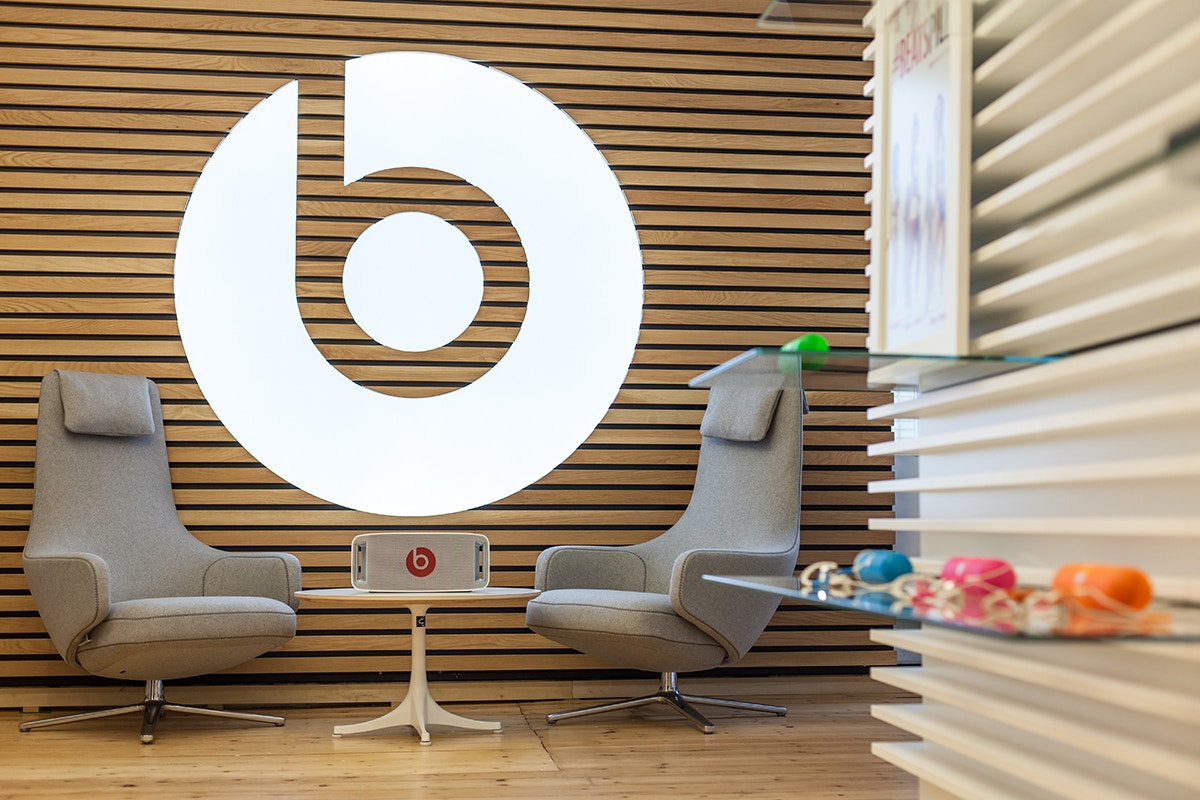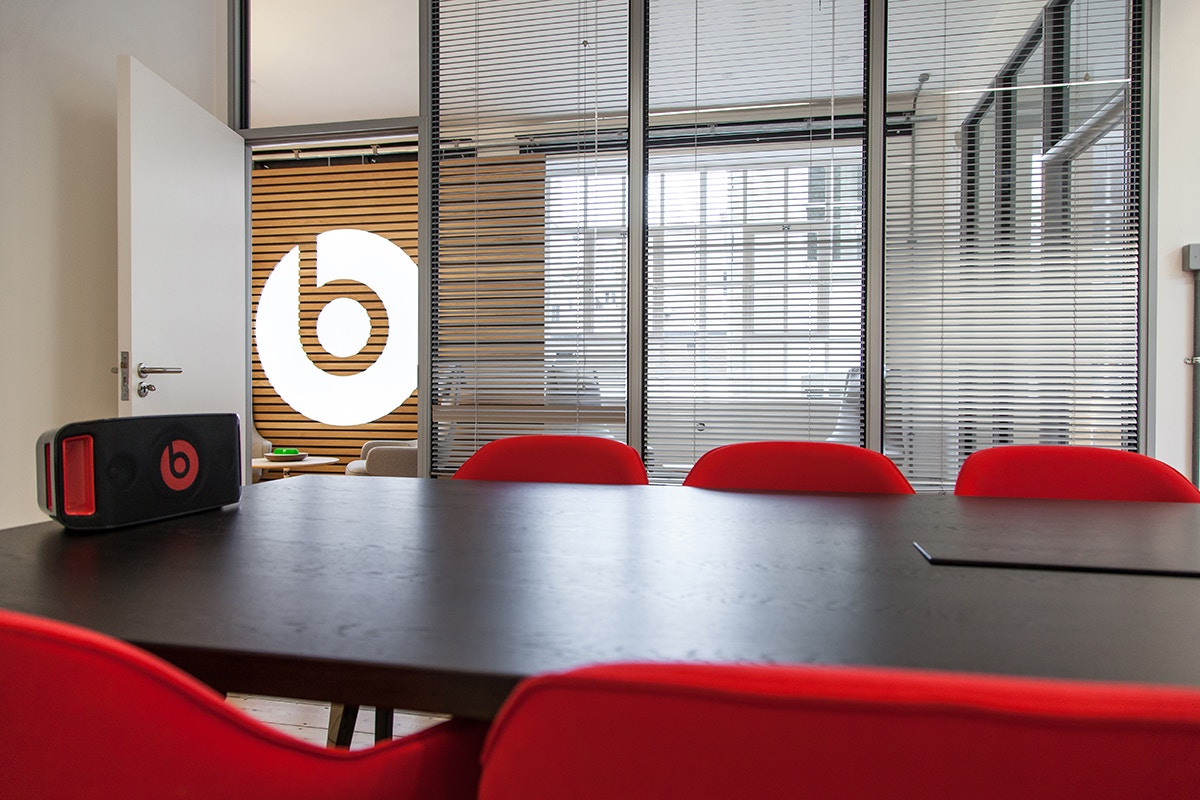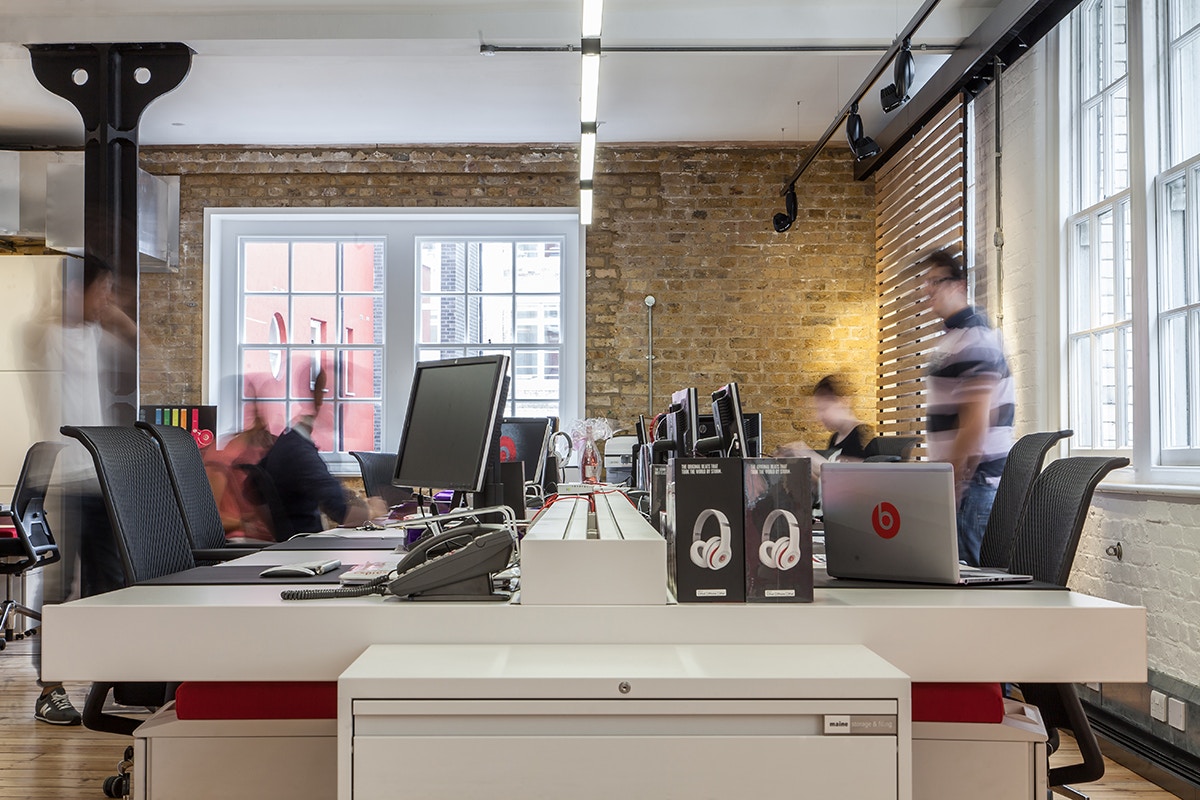Tech Innovators Meets Modern Office Design
With over 20 years of experience designing and fitting out offices for some of the world’s leading tech companies (Netflix, Snapchat, Adobe, Criteo and Beats to name a few) we thought it fitting to share our work for some of those inspiring projects.
In our 2024 Workplace Technology Trends report we note that tech companies are placing emphasis on creating spaces that not only foster innovation but also reflect the company’s ethos and values. This evolution is evident as more open-plan layouts replace cubicles, fostering an environment that encourages spontaneous brainstorming and teamwork. Likewise, dedicated zones for relaxation, well-being and recreation are becoming standard features, underscoring the importance of work-life balance in the tech world.
Major technology company office designs, inspired by giants like Google, have paved the way for the general adoption of tech in the workplace and smart office environments. Tech has in many ways liberated us from cubicles and boardrooms of the past, and inspired the shift towards bookable spaces, integrative hybrid workplaces and other tech-inspired office designs. These days offices are now a blend of high-tech office furniture, state-of-the-art tech office spaces, and advanced office fit-out designs. Offices have indeed become more than just functional spaces; they are hubs of creativity and collaboration, pushing the boundaries of what we traditionally consider a workspace.
In this article, we look at 8 innovative office spaces; from the London, Paris, and Madrid offices of Netflix, which exemplify a seamless fusion of agile workspaces and top-tier furniture design, to the orchestration of a global office design project for Criteo right from our London offices that mirrors both a unified global brand identity while capturing the distinct local essences spanning cities like New York, Singapore, Tokyo, and Barcelona.
